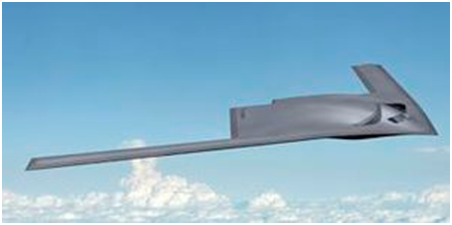I have devoted a number of posts to issues involving nuclear weapons. The world has been moving towards nuclear disarmament through various treaties and agreements for decades. On the other hand, there has been a worrying trend of late on the part of major nuclear powers such as the U.S. and Russia to modernize their nuclear forces. It was recently announced that the U.S. will spend three hundred and fifty five billion dollars in the next decade to enhance our nuclear arsenal. The project includes modernizing bombs, delivery systems and laboratories. This project is "the start of multi-decade effort to recapitalize our nuclear deterrent force and its supporting infrastructure."
Last year the Obama administration stated in a report to Congress that it estimated the cost of the modernization project to be around two hundred billion dollars.
This new projected cost is about a hundred and fifty billion dollars more than the 2012 estimate. For 2014, the administration is asking for twenty three billion dollars to maintain nuclear weapons and the associated laboratories and delivery systems. Maintenance and modernization over the next decade is projected to cost about one hundred and thirty six billion dollars. Weapons labs, nuclear warheads and naval reactors will require one hundred and five billion dollars. Another fifty six billion dollars will be spent on command and control systems. Adding in another sixty billion dollars for expected cost increases yields the three hundred and fifty billion dollar number mentioned above. However, given the was that nuclear programs often exceed their expected cost, a great deal more than three hundred and fifty five billion dollars will probably be spent on the U.S. nuclear weapons program in the next decade.
Apparently some of the old nuclear weapons in the U.S. arsenal still incorporate vacuum tubes. These will have to be replaced by modern electronics. The triad of delivery systems which includes bombers, submarines and missiles are aging and there are plans for a new class of submarines and a new class of long range bombers. While they are working on the hardware, they also need to be doing something about personnel problems that I have dealt with in prior posts.
The Obama administration has been supporting full global nuclear disarmament since Obama was elected. Their explanation for this modernization of our nuclear force is that it is needed to "boost security of our nuclear weapons and to give U.S. military and political leaders the confidence they need to negotiate further reductions in the nuclear arsenal."
While I appreciate their desire to enhance disarmament negotiations, I am afraid that I do not share their enthusiasm about how modernizing our nuclear deterrence is going to really contribute to the reduction of nuclear arms. Given that we are facing tight federal budget constraints, opponents of nuclear weapons question the wisdom of spending hundreds of billions of dollars on weapons that we hope will never be used while many social support programs, jobs programs, education programs and national infrastructure are losing funding. One big concern that critics have is that some of the U.S. plans for modernization violate the disarmament treaties prohibitions against developing new nuclear weapons. Those nations that foresee the U.S. as a possible future enemy will be encouraged to develop their own new weapons which undermines the whole movement toward global nuclear disarmament.
New U.S. long range nuclear bomber:
